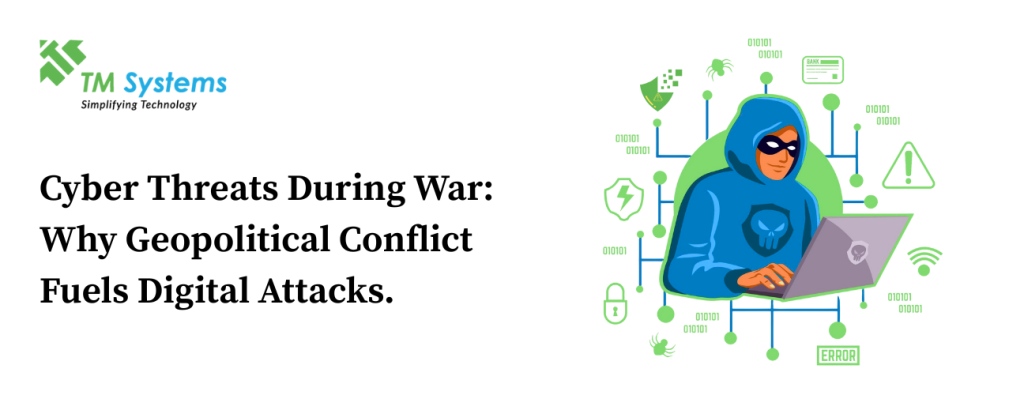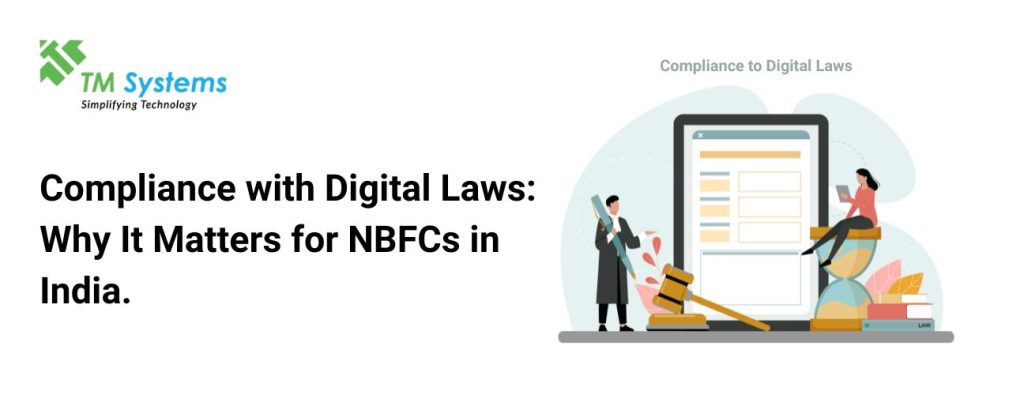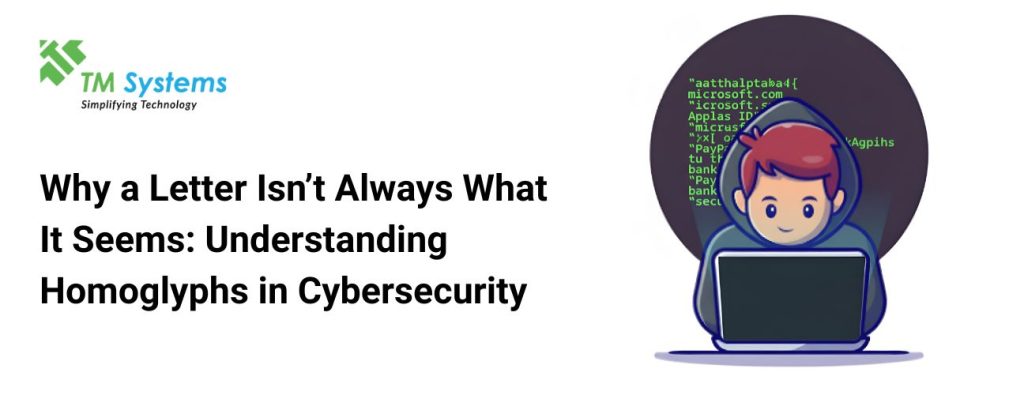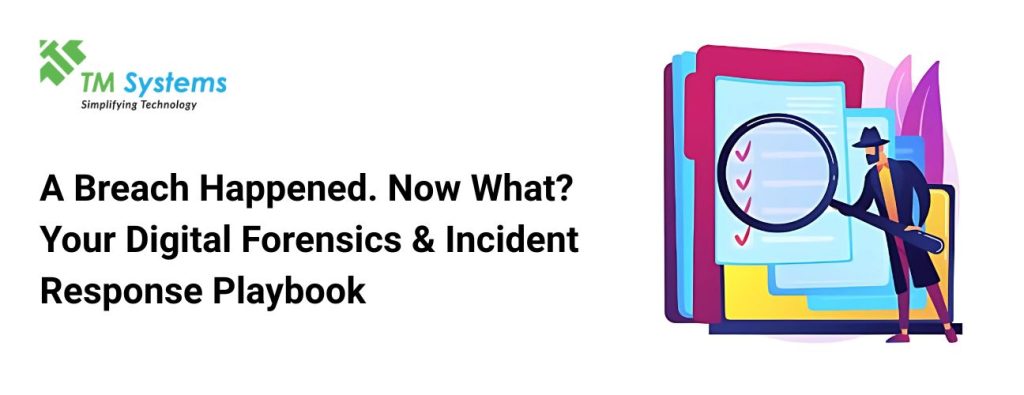
Cyber Threats During War: Why Geopolitical Conflict Fuels Digital Attacks

Cyber Threats During War: Why Geopolitical Conflict Fuels Digital Attacks
In the age of digital infrastructure, wars aren’t just fought with bombs and boots, they’re fought in bytes. Every geopolitical flashpoint triggers a parallel battle in cyberspace. And these attacks are not limited to governments or militaries, they ripple through businesses, public utilities, and civilians alike.
1. Nation-State Cyber Attacks Surge
The first domino to fall in a conflict is usually the firewall. As geopolitical tensions escalate, we’re seeing a significant surge in nation-state cyber-attacks. These aren’t just random acts of hacking; they’re sophisticated, targeted campaigns orchestrated by Advanced Persistent Threat (APT) groups. These highly skilled, often state-sponsored teams work to infiltrate and compromise:
- Government institutions
- Critical infrastructure
- Financial systems
- Media outlets
These cyberattacks serve as a powerful prelude to conventional warfare, weakening an adversary from within.
For example, during Russia’s invasion of Ukraine, energy grids, airports, and banking systems were targeted within days, demonstrating the immediate and devastating impact of such digital warfare. These attacks aim to create panic, degrade an adversary’s ability to respond, and create an advantage for the aggressor.
2. Global Malware Spillover
What starts as a regional cyber offensive often spills across borders. During conflicts between two countries, malware is often released and left exposed online, making it available for use by hacktivists in unrelated nations. Malware released in targeted attacks can cause global outages, affecting logistics, pharma, and finance sectors in countries uninvolved in the conflict.
Hacktivists also jump in, flooding networks with DDoS attacks, defacing websites, or breaching systems to make political statements.
3. Supply Chain Disruption
One of the most scalable and insidious forms of cyber warfare is targeting the supply chain. By compromising a single link, adversaries can achieve a widespread impact, affecting numerous downstream clients simultaneously. Conflict zones see a significant increase in attacks on:
- Software vendors
- Satellite communication providers
- Managed IT service providers
These attacks have a devastating multiplier effect: breach one vendor, and you potentially compromise hundreds or thousands of downstream clients. The interconnected nature of modern technology means that a successful supply chain attack can cause cascading failures across industries and national borders.
4. Espionage Through Code
Espionage is no longer about spies in trench coats. It’s about silent infiltration through backdoors and phishing emails. The goal:
- Steal military or economic intel
- Disrupt command and control
- Blackmail political leaders
Cyber espionage increases sharply during pre-war and active conflict periods, especially when diplomacy starts breaking down.
5. Disinformation as a Weapon
Modern warfare relies heavily on information dominance, and in the digital age, this has evolved into sophisticated disinformation campaigns. Cyber units, often state-sponsored, are leveraging vast networks of bots, troll farms, and fake media outlets to wage a psychological war, aiming to:
- Spread misinformation
- Deepen internal divisions
- Undermine public trust in leadership
These campaigns are engineered to be subtle, believable, and viral. They often exploit real -world events, current anxieties, and emotional triggers to maximize their impact.
6. Civilians Become Collateral Damage
From hospitals to railways, civilian infrastructure often becomes either a direct target or collateral damage. Cyberattacks are used to instil fear, disrupt daily life, or even as retaliation.
When digital infrastructure is compromised, it’s not just about data loss, it’s about disrupted lives and disabled critical services.
What Does This Mean for Businesses?
If your organization operates in or around high-conflict regions or relies on vendors that do— your attack surface expands drastically during such times.
Action Points:
- Upgrade endpoint detection and threat intelligence systems.
- Audit your vendor ecosystem for vulnerabilities.
- Conduct real-time risk assessments during political escalations.
- Train your staff on phishing, disinformation, and social engineering threats.
Prepare not just for what’s visible on the news but what’s brewing behind the scenes, in lines of code, scripts, and zero-day exploits.




